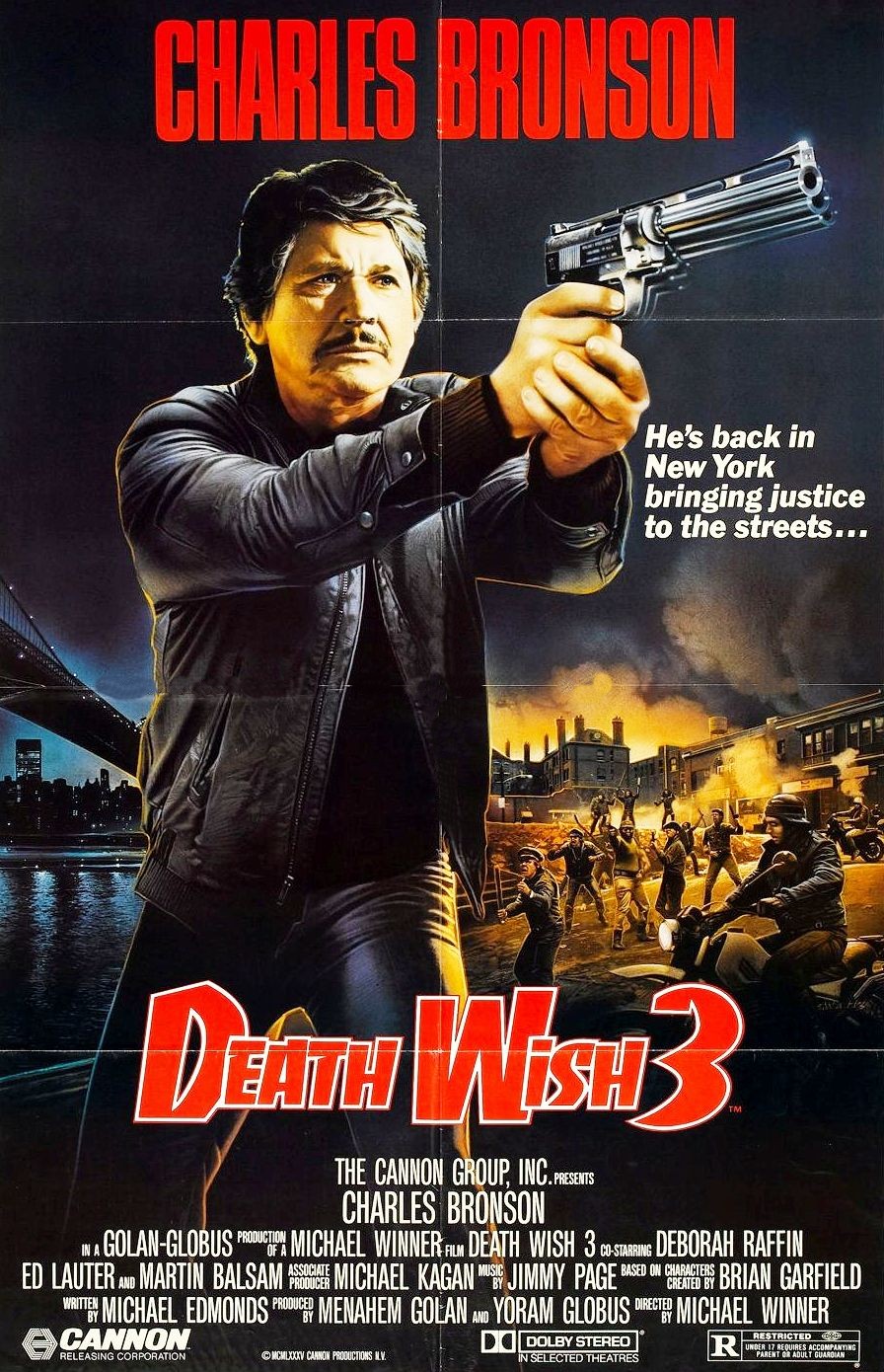Banshun (Late Spring / Primavera tardía, 1949)
Director: Yasujirô Ozu
Production: Takeshi Yamamoto (Shôchiku Eiga)
Screenplay: Kôgo Noda & Yasujirô Ozu - Based on "Chichi to musume" by Kazuo Hirotsu
Starring: Chishû Ryû - Setsuko Hara - Yumeji Tsukioka - Haruko Sugimura
Filmed between May and September, 1949 - Released on 13-September-1949 - 108 min.
Production: Takeshi Yamamoto (Shôchiku Eiga)
Screenplay: Kôgo Noda & Yasujirô Ozu - Based on "Chichi to musume" by Kazuo Hirotsu
Starring: Chishû Ryû - Setsuko Hara - Yumeji Tsukioka - Haruko Sugimura
Filmed between May and September, 1949 - Released on 13-September-1949 - 108 min.
Among the three recognized great masters of Japanese cinema, Akira Kurosawa, Kenji Mizoguchi and Yasujirô Ozu, this last one is undoubtedly the least popular for most of the western audience, maybe because his visual and narrative style is most established in the Japanese essence, or because his way of exploring his principal subject-matter -family relationships- turns out to be far from not Japanese traditions. Nevertheless Ozu is one of those absolutely unique directors with their own stamp that, once understood, it fills with enthusiasm and stimulates in equal parts. A perfect example of his mastery is this movie, the first of the so-called "Nariko Trilogy" and the one that marks the beginning of his maturity period. Ozu shot it when 46 years-old and in the middle of Japan's military occupation after World War II, a period branded by the economic recovery of a destroyed country and the democratization of a markedly traditional society carried to extremes during the last decades of the Empire, an environment that inevitably affected the filming but that, paradoxically, ended up by benefiting the final product when forced him to sublimate his approach to the subgenre known as shomin-geki (drama works that portrait the life of the common people, generally of middle class) with a history that shettle the social canons of Allied censorship. Thus, the main axis of the plot, the sacrifice of a widower with his only daughter, whom he forces to marry in order to have her own life, turned into a precise portrait of the ballance between Western and Japanese time-honoured customs -the miai or arranged marriage-, and both the characters and the environment moved themselves in a studied ambiguity between tradition and modernity. Because there was nothing more Japanese than the Noh theater or the Zen landscape of Kyoto, where two of its most important sequences happened, and nothing was more westernly than the divorced friend of the protagonist; this one, in fact, was performed by the beautiful and expressive Setsuko Hara, an actress that Ozu used in another three films -among them in the other two "Nariko Trilogy" movies, Bakushû (Early Summer, 1951) and Tôkyô monogatari (Tokyo Story, 1953), so-called as their protagonists had the same name, without being the same character- and whose slightly caucasian facial features were per se a full declaration of intent. Ozu showed it through his peculiar visual style (ground-level static camera, poetical transitions with location shots, vertical compositions with referenceable people and objects), and it was this purity what raised the movie to the masterpiece category, fully enjoyable 60 years later and a reference title to any film lover.
De entre los tres reconocidos grandes maestros del cine japonés, Akira Kurosawa, Kenji Mizoguchi y Yasujirô Ozu, es sin duda éste último el menos popular para el gran público occidental, quizás porque su estilo visual y narrativo es el más arraigado en la esencia nipona, o quizás porque su forma de explorar su temática principal -las relaciones interfamiliares- resulta alejada de las tradiciones no japonesas. Sin embargo Ozu es uno de esos directores absolutamente únicos con una impronta propia que, una vez comprendida, entusiasma y estimula a partes iguales. Un ejemplo perfecto de su maestría es ésta película, la primera de la denominada "Trilogía de Nariko" y la que marca el inicio de su periodo de madurez. Ozu la rodó a sus 46 años y en medio de la ocupación militar de Japón tras la 2ª Guerra Mundial, un período marcado por la recuperación económica de un país destruido y la democratización de una sociedad marcadamente tradicional extremada durante las últimas décadas del Imperio, un entorno que inevitablemente afectó a la filmación pero que, paradójicamente, terminó beneficiando al producto final al obligarle a sublimar su aproximación al subgénero conocido como shomin-geki (obras que retrataban la vida de gente común, generalmente de clase media) con una historia que conformara los canones sociales de la censura aliada. Así, el eje principal de la trama, el sacrificio de un viudo para con su hija única, a la que fuerza a casarse para que tenga su propia vida, se convirtió en un retrato preciso del equilibrio entre las costumbres japonesas -el miai o matrimonio convenido- y las norteamericanas, y tanto los personajes como su entorno se movieron en una calculada ambiguedad entre la tradición y la modernidad. Porque no había nada más japonés que el teatro Noh o el paisaje Zen de Kyoto donde se desarrollaban dos de sus secuencias más importantes, y nada más occidental que la amiga divorciada de la protagonista; ésta, de hecho, fue interpretada por la bella y expresiva Setsuko Hara, una actriz que Ozu utilizó en otras tres ocasiones -entre ellas en las otras dos películas de la "Trilogía de Nariko", Bakushû (El comienzo del verano, 1951) y Tôkyô monogatari (Cuentos de Tokio, 1953), así llamadas porque sus protagonistas se llaman igual, sin ser el mismo personaje- y cuyos rasgos faciales ligeramente caucásicos fueron de por sí toda una declaración de intenciones. Ozu lo mostró a través de su peculiar estilo visual (cámara estática y encuadrada a ras de suelo, transiciones poéticas con planos de exteriores, composiciones verticales con objetos de referencia y personas), y fue esa pureza la que elevó la película a la categoría de obra maestra plenamente disfrutable 60 años después, un título de referencia para cualquier cinéfilo.



Comentarios
Publicar un comentario